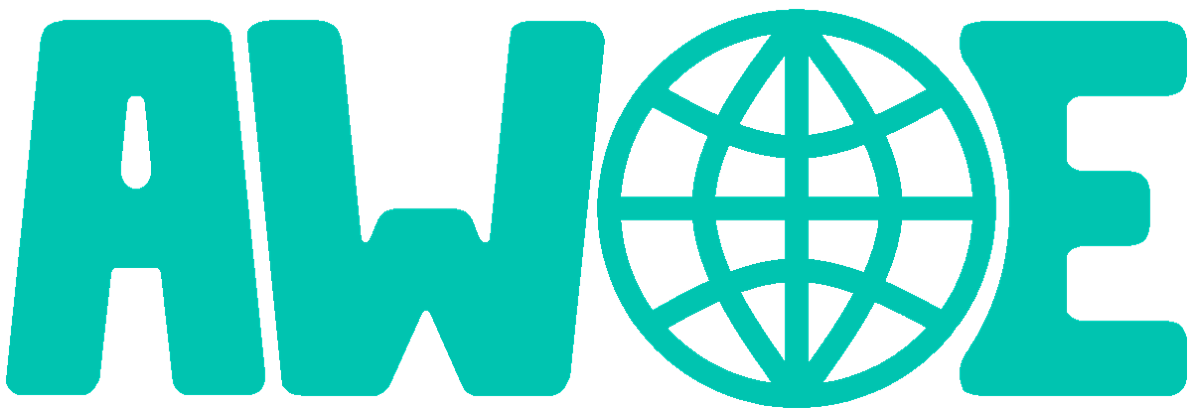Hydroelectricity
Published on 29 December 2021
Hydroelectricity or hydropower is the conversion of the energy of a water flow or a water reserve into electricity. Contrary to solar- and wind-derived electricity, hydropower is a predictable and dispatchable renewable energy.
Power output is proportional to the product of elevation change and water flow rate. As water flow from altitude to sea level and flow rate builds up within river networks when rivers merge, there is a trade-off to find between elevation change and flow rate.
Resources in Europe

Comparison of European topology with main locations for hydropower
European plains host high-flow rivers but have restricted elevation changes, while mountain chains have large elevation changes, but flow rate driven by seasonal snow melting.
High capacity hydropower plants in Europe are generally in mountainous areas to exploit the natural presence of elevation change and simplify the building of water storage. The addition of a dam is easier in narrow valleys (narrower dam, less water volume for a given height) and very low population density implies less to no local opposition.
3 main areas host most European high capacity hydropower plants: the Alps (Italy, France, Switzerland, Germany, Austria), the North-West Iberic peninsula (Portugal, Spain) and the Scandinavian Mountains (Norway, Sweden). A fourth promising area for future developments is the multiple mountain chains of the Balkan peninsula.
Nowadays, hydropower is accounting for about 10% of European electricity production and is the only renewable electric resource.
Hydroelectric dam

Schematic of hydroelectric dams
The largest hydropower plants make use of a dam. While renewable electricity production might be today’s reason for building a dam, they have long been used for other purposes, mainly water storage.
Dams can control the water flow rate of a river. By momentarily storing water from excessive rainfall, they prevent downstream floods, avoiding fatalities and destruction of infrastructures and agricultural lands. Stored water can later be used for human consumption and irrigation during a dry season or a drought.
Management of water level in a dam is not exclusively driven by electricity demand and profitability but constrained by water needs and risks. Maintaining a minimum level of water prevents droughts. Not exceeding a maximum level prevents floods. Modern weather forecast and automated measurement of rainfall and water level in the river upper basin allows to dynamically define such levels.
Construction of modern dams includes environmental considerations, minimising the disruptive effects on flora and fauna due to isolation of upstream and downstream eco-systems. Building a fish ladder circumventing the main water path allows fish migration and upper basin spawning. Disruption of upstream human activity can be avoided by integrating a sluice in a dam across a navigable river.
Pumped hydropower

Schematic of pumped hydropower
Pumped hydropower is an efficient energy storage method using a turbine located between two water reservoirs at different heights. Electric energy is stored as potential energy by pumping water from the lower to the upper reservoir. Flowing water downwards releases the energy by producing electricity as a hydropower dam would.
A pumped hydro installation can be a dedicated unit (for example, Turlough Hill Power Station in Ireland) or can be based on an existing hydropower plant (for example, Aguieira Dam in Portugal). For an isolated hydropower plant, the addition of a downstream reservoir is necessary, while the existing infrastructure of a cascade of hydropower plants is self-sufficient.
Storing electrical energy with pumped hydro is very efficient: 80 to 90% efficiency for the return trip (storing energy and releasing it back). Pumped hydro also has quick ramp-up capabilities, which is required for coupling with highly fluctuating renewable resources like photovoltaic panels and windfarms. Only some battery technologies can compete with this on short-term storage and none on long-term.
As opposed to batteries, pumped hydro uses motor-generators that naturally help keeping the network frequency stable. Yet, pumped hydro also has a few drawbacks compared to batteries: mainly specific requirements for installation location, a higher initial investment and less scalability. Recent research on water-tower-based smaller units tries addressing these issues.
Hybrid renewable-energy powerplants

Schematic of hybrid renewable-energy powerplants
Hybrid powerplants combine a non-dispatchable renewable resource with a pumped hydro unit, creating a plant that is more than the sum of its parts.
Sharing the same location splits cost of land acquisition and grid connection, while increasing the plant energy density and profitability. Wind turbines can be anchored in/around the reservoirs or solar panels can float on both reservoirs. Floating PV panels further restrict water evaporation from reservoirs, a significant benefit in hot climates.
Countries with large shares of renewable resources integrate them into the general electricity market, notably requiring a next-day commitment on production and imposing penalties for missing targets. Yet, precise production prediction is very difficult for non-dispatchable resources.
The pumped hydro side of the hybrid plant can operate either as gap filler or a 24h delay. As a gap filler, pumped hydro stores energy if production exceeds prediction or otherwise releases some. Under oscillating production, the relatively slow response of pumped hydro might become an issue. Using the reservoir as a 24h delay, today’s production is stored to be sold tomorrow with perfect prediction. This requires the installation of independent pump and turbine to allow simultaneous water travel in both directions.
